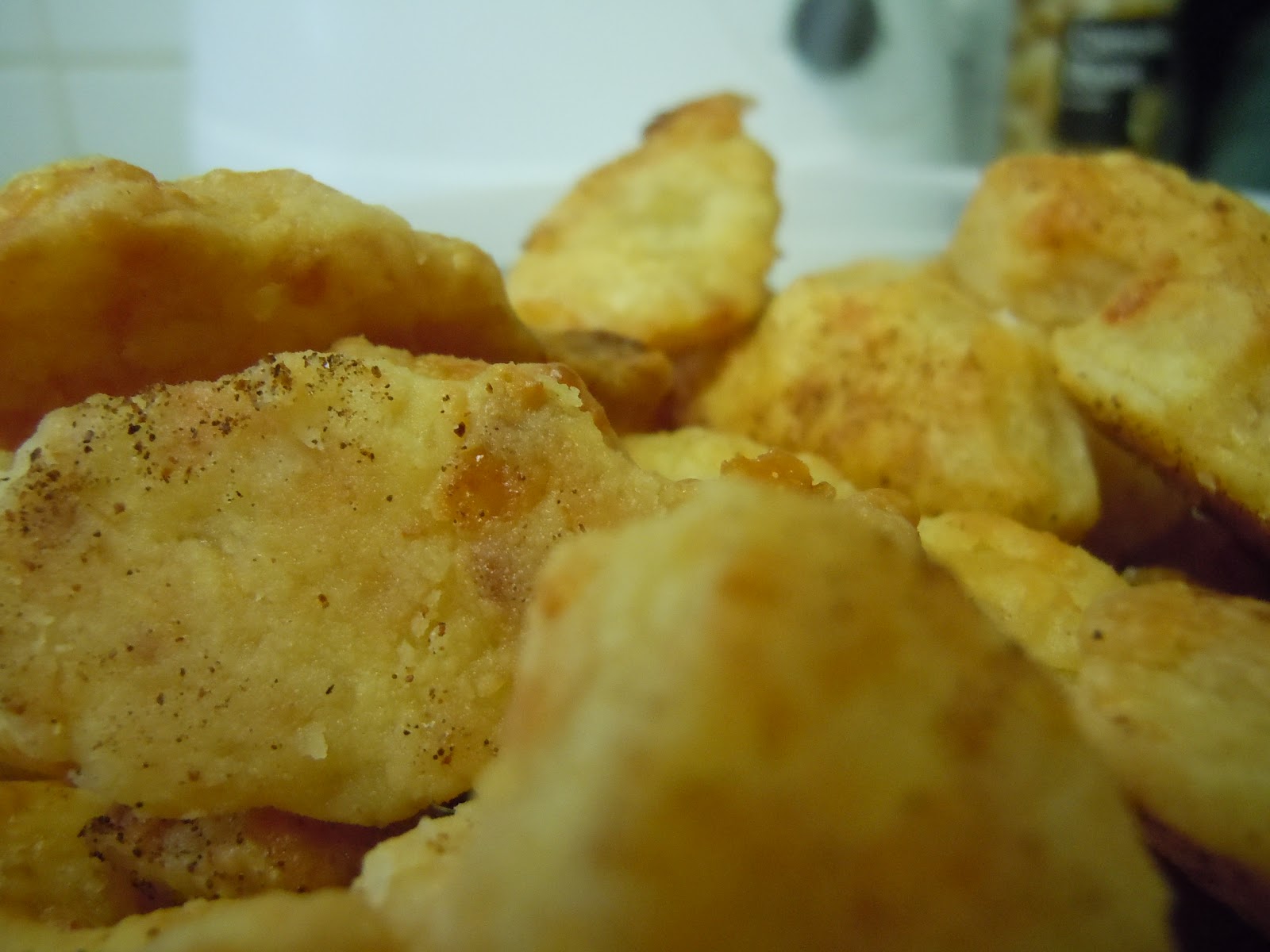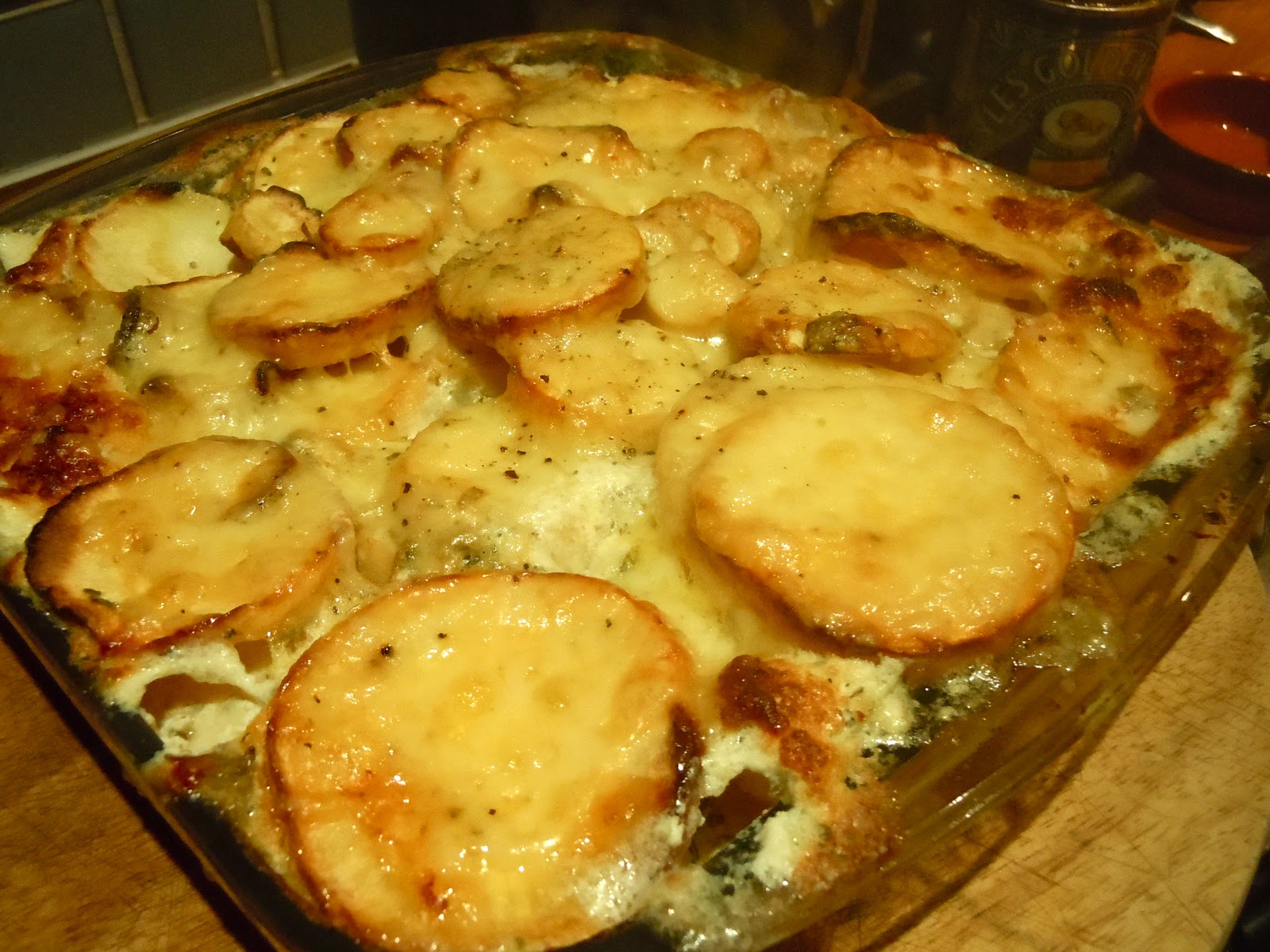Quiche. Strikingy elegant (nothing says class like pastry dough) and yet amazingly humble. Quiches are ubiquitous now on lunch menus both in the States and in England. They can be served warm or cold, alone or with a salad, and, really, (in my opinion) are appropriate at any part of the day. Tea time? Quiche! Breakfast? Quiche!
Anyway, so you now understand my abiding love of this French dish, but it was only recently that I tried making one (or rather two) for myself. Despite my ongoing love of French pastry, I have a healthy ongoing fear of it. It seems so delicate. Any one of a thousand things can go wrong with it. It also takes patience. Almost every pastry dough will require at least a few hours of fridge time. And, honestly, most of the time, I don't have the patience for it. Not when there's quiche on every corner now.
But, on a whim, and thanks to the Around My French Table cookbook, I decided it was time to try my hand at it. The quiche dough was, as predicted, tricky to figure out. I made two batches. The first came out beautifully. The second was a crumby mess. Even after some time in the fridge, it didn't resemble the moist yet delicate dough that I was hoping for. In a moment of panic, I decided to use cold tap water to get the crust to hold together. This was sacrilege, I know. But, to be fair, after I baked it, you couldn't tell the difference. And, to me, that's all that matters.
Getting off the subject of dough, I will also say that, while this recipe is delicious, go crazy with the blue cheese/gorgonzola. Greenspan calls for 2 ounces of the stuff. Bah! That's barely a hint of the stuff. I put in twice the amount and still thought it needed more blue cheese flavor. But, of course, use your own judgment on this one.
Note: I've included the basic "Tart Dough" that Greenspan uses for her quiches below. It should work on most savory pastry dishes and the recipe makes enough dough for 1 9 - 9 1/2 inch tart shell.
Gorgonzola-Apple Quiche
Ingredients
1 tbsp. unsalted butter
1 small onion, finely chopped
Salt and freshly ground white pepper
1 9 - 9 1/2 inch tart shell made from Tart Dough recipe (see below), partially baked and cooled
1 apple (tart-sweet works best, such as Empire or Gala), peeled, cored, and cut into small dice
2 ounces Gorgonzola dolce (I used 4 ounces or more. Go crazy with the cheese!)
2/3 cup heavy cream
2 large eggs
Method
Center a rach in the oven and preheat the oven to 400 degrees F. Line a baking sheet with a silicone baking mat or parchment paper.
Melt the butter in a small skillet over low heat and toss in with the onion. Season the onion lightly with salt and white pepper and cook until it is very soft but not at all colored, about 10 minutes. Remove from the heat.
Put the tart shell on the lined baking sheet. Spread the onion, wiht whatever buttern remains in the pan, evenly over the bottom of the crust. Scatter the apple over the onion. Cut the Gorgonzola into small cubes and scatter it over the onion and apple. Beat the cream and eggs together until well blended, season with salt and white pepper, and pour into the tart shell.
Gently slide the baking sheet into the over and bake for 30 to 40 minutes or until the filling is uniformly puffed (wait for the center to puff), browned, and set (mine took at least 45 minutes). Transfer the quiche to a cooling crack and allow it to cool and gather itself for 5 minutes or so.
Carefully remove the sides of the pan and slide the quiche onto a platter if you want to serve it hot, or onto a rack if you want to cool it. Serve hot, warm, or at room temperature.
Serving: You can keep the quiche lightly covered on the counter for a few hours if you're going to serve it at room temperature. If you want to keep it overnight, wrap it well and store it in the refrigerator. It's best to bring it to room temperature or t warm it briefly in a moderate oven before serving.
Tart Dough
Makes 1 9- 9 1/2-inch tart shell
Ingredients
1 1/4 cup all-purpose flour
1 tsp. sugar
1/2 tsp. salt
6 tbsp. (3/4 US stick) very cold (or frozen, see note) unsalted butter, cut into bits
1 large egg
1 tsp. ice water
Note on butter: A friend of mine gave me great advice when it comes to incorporating butter into dough. Instead of spending time cutting it into bits, put the butter in the freezer for a few hours and then use the grater on it. The butter will shave into nice small, manageable pieces that serve the exact same purpose as cutting it up by hand.
Method
To make the dough in a food processor: Put the flour, sugar, and salt in the processor and whir a few times to blend. Scatter the bits of butter over the flour and pulse several times, until the butter is coarsely mixed into the flour. Beat the egg with ice water and pout it into the bowl in 3 additions, whirring after each one (Don't overdo it- the dough shouldn't form a ball or ride on the blade). You'll have a moist malleable dough that will hold together when pinched. Turn the dough out onto a work surface, father it into a ball and flatten it into a disk.
To make the dough by hand: Put the flour, sugar, and salt in a large bowl. Drop in the bits of butter and, using your hands or a pastry blender, work the butter into the flour until it's evenly distributed. You'll have large and small butter bits, and that's fine; uniformity isn't a virtue here. Beat the egg and water together, drizzle over the dough and, using a fork, toss the dough until it is evenly moistened. Reach into the bowl and, using your fingertips, mix and knead the dough until it comes together. Turn it out onto a work surface, gather it into a ball and flatten into a disk.
Chill the dough for at least 3 hours (but it can be refrigerated up to 5 days).
When you're ready to make the tart shell, butter a 9 - 9 1/2 inch tart pan with a removeable bottom (butter it even if it is nonstick).
To roll out the dough:
Either between two sheets of wax paper or plastic wrap, or on a lightly floured surface, roll out the dough to 12 inches in diameter and about 1/4 inches thick.
Transfer dough to tart pan, easing it into the pan without stretching it. Press the dough against the bottom and up the sides of the pan. If you'd like to reinforce the sies of the crust, you can fold some of the excess dough over, so that you have a doubl thickness around the sides. Using the back of a table knife, trim the dough even with the top of the pan. Prick the base of the crust in several places with a fork.
Chill, or freeze, the dough for at least 1 hour before baking.
To partially bake the crust: Preheat an oven to 400 degrees F. Press a piece of buttered foil (or use nonstick foil) against the crust's surface. If you'd like, you can fill the covered crust with rice or dried beans (or special baking beads if you have them) to keep the dough flat, but this isn't really necessary if the crust is well chilled. Line a baking sheet with a silicone baking mat or parchment paper and put the tart pan on the sheet.
Bake the crust for 20 minutes in the center of the oven, then carefully remove the foil (with rice or beans). Return the crust to the oven and bake for another 3-5 minutes, or until it is lightly golden. Transfer the baking sheet to a cooling rack and allow the crust to cool before you fill it.







